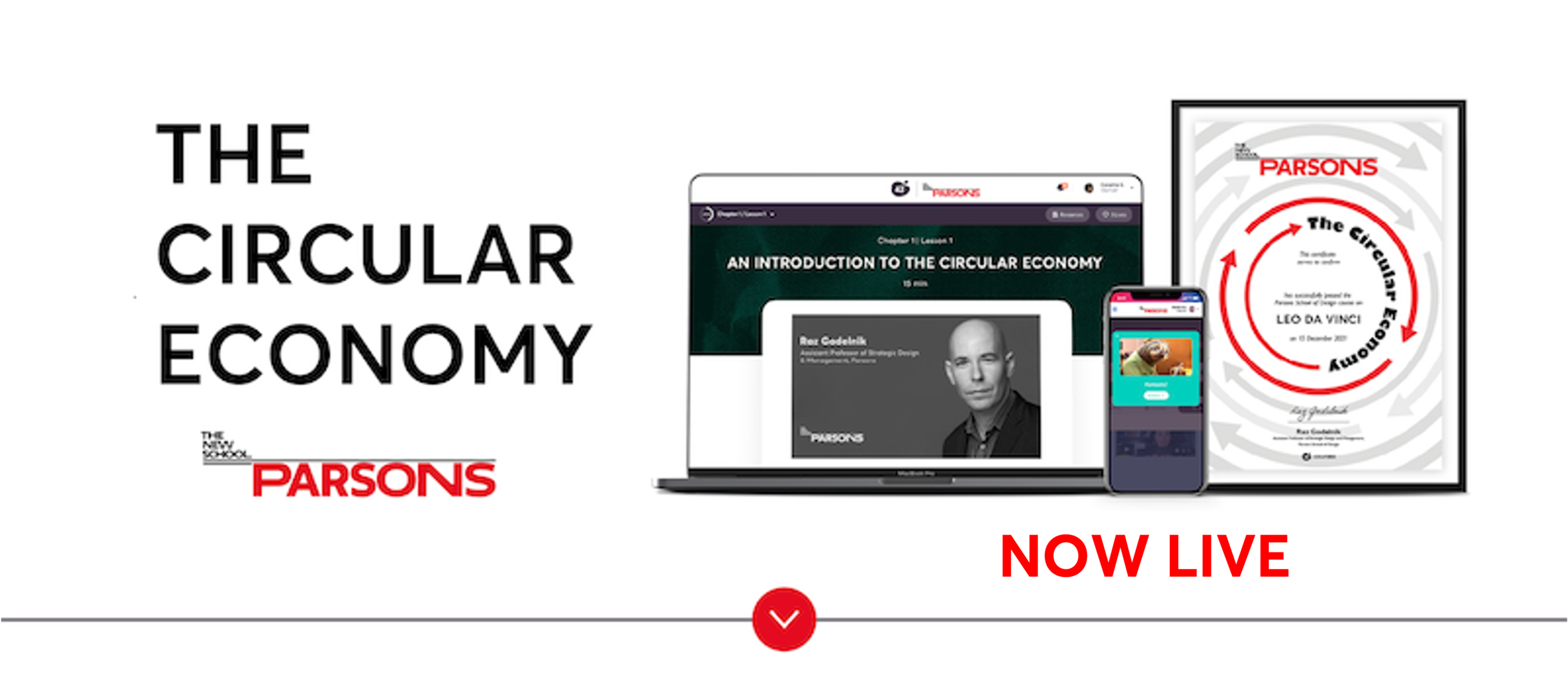What exactly is a P.E.S.T.L.E. analysis?
“A strategy is necessary because the future is unpredictable.”
Good strategic thinking plays an essential role in a company’s success.
Fortunately, there are many tools available to help guide the process, and one of the most well known is a S.W.O.T. analysis.
You can read how to carry one out in our post on the topic.
One of the assumptions this tool makes is that any threats or opportunities come from external factors (i.e. things outside of your control).
For example, if you’re a soft drinks manufacturer, you might learn one day that the government has decided to introduce a sugar tax to curb obesity.
Undoubtedly, this will have a material impact on your business, and there’s very little you can do about it.
Regardless of what industry you’re in, the risk that something external will impact your business at some point is real.
So how can you better prepare for such a scenario?
One strategic tool you can use is something called a P.E.S.T.L.E. analysis.
What does a P.E.S.T.L.E. analysis involve?
A P.E.S.T.L.E. analysis is a simple model that can help you identify potential external threats to your business.
It's used as a guide to strategic decision-making and is an acronym for the following:
Political: What political dynamics are likely to affect your business?
Factors include things like tariffs, tax policy, and political stability.
Economic: What economic factors are likely to impact your business?
Factors include the rate of economic growth, inflation, unemployment, and interest rates.
Sociological: What social shifts are likely to threaten your business?
This includes things like cultural norms, attitudes to health, population changes, etc.
Technological: What technological changes (or disruptions) might threaten your business’ viability?
This includes new technologies like Artificial Intelligence, Cryptocurrencies, Blockchain, Virtual Reality and more.
Legal: What current or future laws could affect your business?
Legal factors include changes in labour laws, taxation laws, laws governing material standards, etc.
Environmental: What environmental shifts or trends might impact your business?
Environmental factors refer to environmental protection laws, energy regulation, ethical and sustainability standards, and more.
How do you perform a P.E.S.T.L.E. analysis?
Take a look at the headings above and think about how each could relate to your business.
Under each column, write down all the potential threats.
Ideally, you want several people across your organisation to be involved as they will each have different points to raise.
To help explain, let’s look at some examples of threats.
For this exercise, let’s assume you are working at the soft drinks company mentioned at the start.
Political: What would happen if the government decided to ban the sale of sugary drinks to anyone under 18?
Economic: Lets’s assume your company relies on imported sugar for production. What happens if your local currency depreciates and the company cannot afford the import costs?
Sociological: The global trend of healthy eating continues to gather momentum, and more and more people shun sugary foods. How much is this likely to impact sales?
Technical: What if one of your main competitors finds a faster way to make the same product at a reduced cost?
Legal: A published medical study shows a strong correlation between excess sugar consumption and early mortality. How might his impact demand?
Environmental: Imagine if the government introduces new legislation that mandates the use of 100% recycled packaging. How will you respond to this challenge?
Once you have filled out the relevant information, it’s time to analyse your findings.
This step involves marking each ‘threat’ in order of its potential risk to the organisation.
The final step is to identify options to address them.
What plans can you put in place to mitigate any future impacts? How can you adapt current procedures to make the organisation more resilient?
Write down your responses to each and decide how you will action them.
Why is it a good idea to perform a P.E.S.T.L.E. analysis?
Most companies are too busy with their internal issues to pay much attention to what’s going on externally.
But focusing on improving the existing way of doing things means that outside threats are either ignored or not taken seriously.
Just think of Blockbuster with online streaming and Kodak with digital cameras.
Performing a P.E.S.T.L.E. analysis acts as a checklist to ensure you think of all the relevant factors that could impact your business.
How often do you need to do one?
It’s a good idea to carry out this type of analysis regularly because external factors are constantly changing.
Knowing your business is positioned to respond to external threats makes it more likely to survive should they arise.
Consider for a moment the businesses that had planned for a scenario like Covid19 and those that hadn’t.
Which side would you have rather been on?






